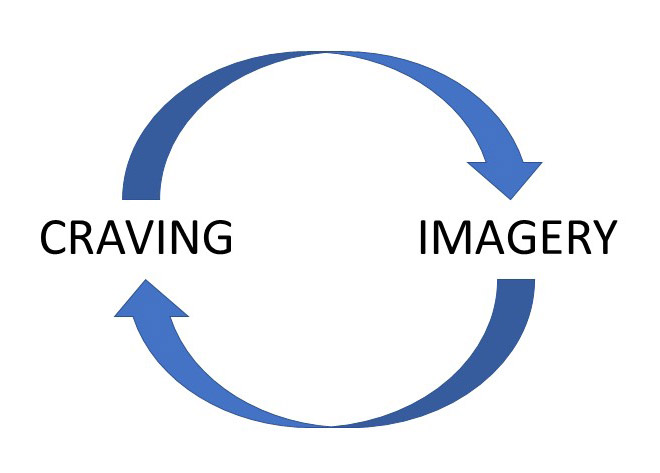For over 50 years, the prominent view of addiction is that it is a chronic brain disease. The US based National Institute on Drug Abuse states: “Addiction is defined as a chronic relapsing brain disease that is characterised by compulsive drug seeking & use, despite harmful consequences”. The cause of this disease is said to be the use of substances; notably alcohol, tobacco, illegal drugs and also certain prescription drugs. The evidence for this lies in brain imaging scans from addicted individuals, which show physical changes in certain areas of the brain:-
- The Pre-Frontal Cortex, responsible for judgement, decision-making and self-regulation
- The Striatum, involved in empowerment and acting to pursue goals
- The Midbrain, which produces Dopamine; a chemical which activates the Striatum to focus on and achieve a goal

In addiction, brain scans show that the connection between the Striatum and the Midbrain becomes strengthened, resulting in a focussed effort to get a drink or acquire drugs. At the same time, the connection with the Pre-Frontal Cortex is weakened, resulting in a loss of self-control.
This evidence is not in question, conforming exactly to the lived experience of all addicts. However, what can be disputed is the conclusion that addiction is therefore a brain disease. This point is important when considering how successful recovery from addiction can be achieved.
Throughout life, the brain naturally changes with learning and development, in 2 basic ways. Synaptic Growth (connections between different parts of the brain) occurs when a new skill is learnt; for instance, learning to play the piano. Synaptic Pruning (loss of connections) also naturally occurs as the brain focusses on needed skills at the expense of not needed ones. The changes in the brain of the addict show this. However, those exact same changes occur when one learns to play the piano or falls in love; hardly evidence of a disease. The same changes also occur with behavioural addictions as well as substance addictions.
The “lived experience” of addiction
The cycle of addiction begins with some sort of “trigger”. A trigger can be an emotional feeling, a thought or maybe a physical trigger, such as an advert for alcohol. This in turn produces a vicious circle between imagination of using a substance or indulging in a behaviour, and craving for that substance or behaviour. Each strengthens the other.

At the same time, the synaptic connection between the Striatum and the Mid-Brain is activated, intensifying the vicious circle until the craving is satisfied. The immediate result is satisfaction, pleasure and relief… followed by a sense of loss & shame. This in turn acts as a new trigger to drive the cycle again. Every time the cycle is entered, the synaptic connections are strengthened and made more efficient. In this way, addiction could be described, neurologically, as a learnt skill.
Why is it so hard to stop?
- The “Now” factor. Numerous behavioural demonstrations show that when human beings are confronted with a choice between an immediate reward or a more distant goal, the immediate reward is more highly valued than a distant benefit.
- Ego depletion or Ego fatigue. Simply stated, the more one tries to control an impulse, the less effective the effort becomes. “Just saying no” just doesn’t work.
The solution to successfully entering recovery is to re-appraise the situation, combined with a determination to stop, and directly addressing the issues discussed on this & other pages. The fact is that the majority of addicts do find a way out and various remedies can help with this. See page: Remedies.
Information on this page is taken from the lecture “The Neuroscience of Addiction” by neuroscientist and recovering addict Dr Marc Lewis. See full lecture HERE.

